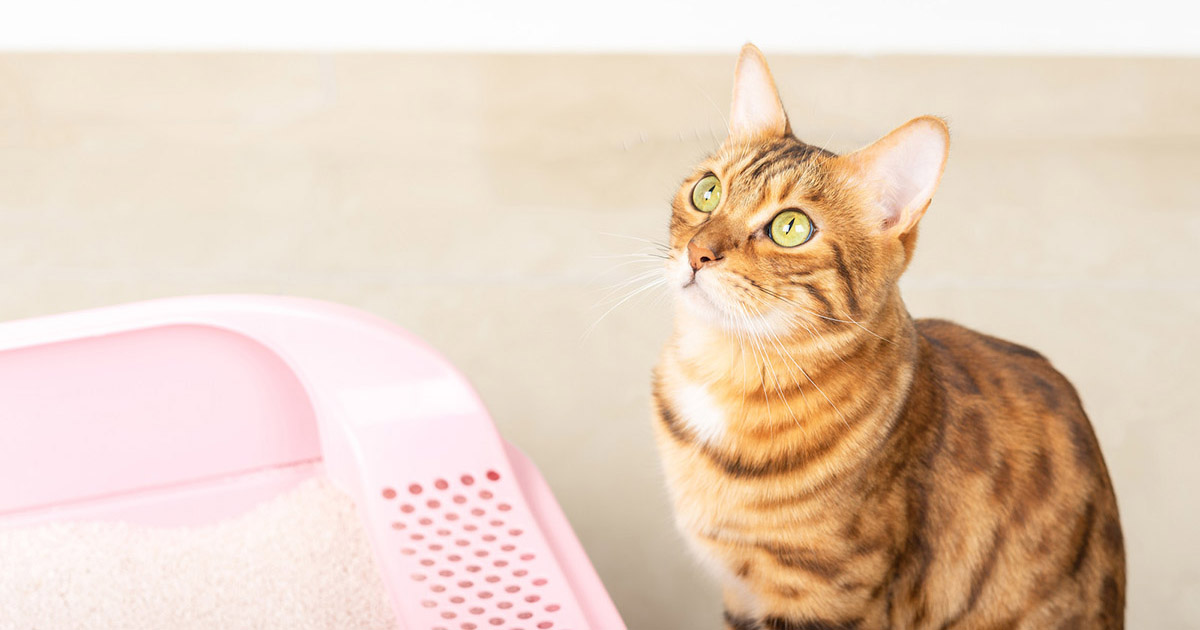The publisher is making several great pointers on How to Dispose of Cat Poop and Litter Without Plastic Bags overall in this great article down the page.

Intro
As pet cat owners, it's necessary to bear in mind exactly how we get rid of our feline pals' waste. While it may seem convenient to purge feline poop down the commode, this method can have detrimental consequences for both the setting and human health and wellness.
Alternatives to Flushing
Fortunately, there are more secure and extra accountable methods to get rid of pet cat poop. Consider the following options:
1. Scoop and Dispose in Trash
One of the most typical method of dealing with cat poop is to scoop it into an eco-friendly bag and toss it in the trash. Make certain to make use of a committed trash scoop and get rid of the waste quickly.
2. Usage Biodegradable Litter
Opt for eco-friendly cat trash made from products such as corn or wheat. These trashes are eco-friendly and can be safely dealt with in the trash.
3. Hide in the Yard
If you have a backyard, consider burying cat waste in an assigned area far from vegetable gardens and water sources. Make sure to dig deep adequate to stop contamination of groundwater.
4. Mount a Pet Waste Disposal System
Invest in a pet waste disposal system particularly designed for cat waste. These systems use enzymes to break down the waste, lowering odor and environmental impact.
Health Risks
In addition to environmental problems, flushing pet cat waste can likewise present health risks to people. Cat feces might consist of Toxoplasma gondii, a bloodsucker that can cause toxoplasmosis-- a possibly severe health problem, particularly for pregnant women and people with weakened immune systems.
Environmental Impact
Purging cat poop introduces damaging microorganisms and parasites into the water supply, posturing a substantial threat to aquatic ecological communities. These pollutants can adversely affect aquatic life and concession water quality.
Final thought
Accountable family pet ownership prolongs beyond supplying food and shelter-- it additionally entails proper waste management. By avoiding purging pet cat poop down the toilet and opting for alternative disposal techniques, we can lessen our ecological impact and protect human wellness.
Why Can’t I Flush Cat Poop?
It Spreads a Parasite
Cats are frequently infected with a parasite called toxoplasma gondii. The parasite causes an infection called toxoplasmosis. It is usually harmless to cats. The parasite only uses cat poop as a host for its eggs. Otherwise, the cat’s immune system usually keeps the infection at low enough levels to maintain its own health. But it does not stop the develop of eggs. These eggs are tiny and surprisingly tough. They may survive for a year before they begin to grow. But that’s the problem.
Our wastewater system is not designed to deal with toxoplasmosis eggs. Instead, most eggs will flush from your toilet into sewers and wastewater management plants. After the sewage is treated for many other harmful things in it, it is typically released into local rivers, lakes, or oceans. Here, the toxoplasmosis eggs can find new hosts, including starfish, crabs, otters, and many other wildlife. For many, this is a significant risk to their health. Toxoplasmosis can also end up infecting water sources that are important for agriculture, which means our deer, pigs, and sheep can get infected too.
Is There Risk to Humans?
There can be a risk to human life from flushing cat poop down the toilet. If you do so, the parasites from your cat’s poop can end up in shellfish, game animals, or livestock. If this meat is then served raw or undercooked, the people who eat it can get sick.
In fact, according to the CDC, 40 million people in the United States are infected with toxoplasma gondii. They get it from exposure to infected seafood, or from some kind of cat poop contamination, like drinking from a stream that is contaminated or touching anything that has come into contact with cat poop. That includes just cleaning a cat litter box.
Most people who get infected with these parasites will not develop any symptoms. However, for pregnant women or for those with compromised immune systems, the parasite can cause severe health problems.
How to Handle Cat Poop
The best way to handle cat poop is actually to clean the box more often. The eggs that the parasite sheds will not become active until one to five days after the cat poops. That means that if you clean daily, you’re much less likely to come into direct contact with infectious eggs.
That said, always dispose of cat poop in the garbage and not down the toilet. Wash your hands before and after you clean the litter box, and bring the bag of poop right outside to your garbage bins.
https://trenchlesssolutionsusa.com/why-cant-i-flush-cat-poop/

I hope you liked our section on Can You Flush Cat Poo or Litter Down the Toilet?. Thank you for spending some time to browse our article. Sharing is caring. Helping others is fun. We thank you for reading our article about Can You Flush Cat Poo or Litter Down the Toilet?.
Click Here